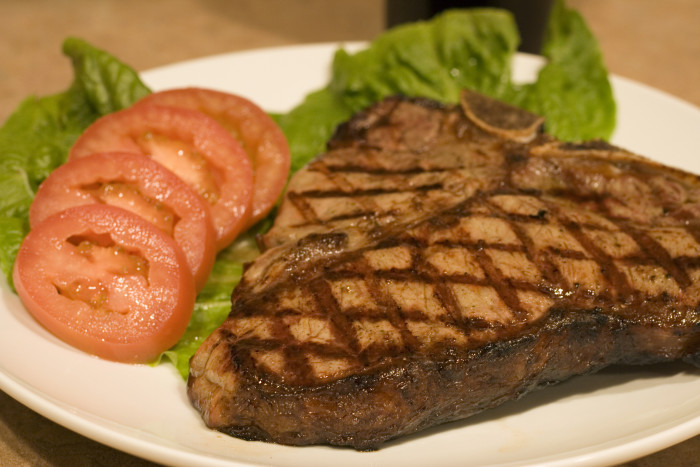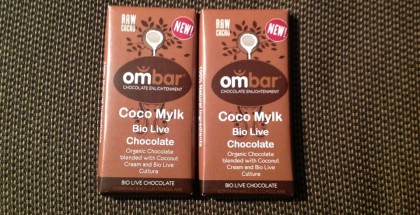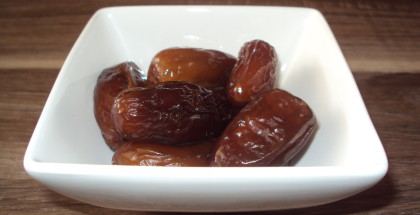Paleo Misconceptions
December 16, 2013 | Sherine El ShimiAlthough it’s widely believed to have various health benefits, many are still skeptic. Nutritionist Sherine El Shimi busts five common myths about the Paleo diet plan.
Editor’s Note: Sherine El Shimi is a nutrition expert with an Msc in Clinical Nutrition and focuses on weight loss, healthier nutritional way of life for pregnancy and lactation as well diabetics, renal, liver and cancer patients.
1. The plan has to be followed word for word
The paleo plan is a template that could be custom made to every individual. Research has modified the plan to become the Modern Paleo and has been further modified to the Paleo code. The general rule is if the individual is suffering from an autoimmune disorder the stricter the Paleo should become.
2. Paleo raises cholesterol levels
This is a common myth. The amount of the protein is calculated to each individual’s needs. The plan only includes lean protein, such as fish and lean veal. The healthy fats included are nuts and olive oil which would actually raise the good cholesterol, also known as the HDL.
3. Paleo is about raw food
The plan includes some fruits and vegetables but the vegetables are encouraged to be cooked, steamed or baked with olive oil. All protein is eaten boiled, roasted, stir fried or grilled, but not raw.
4. Paleo is like Atkins
The Atkins plan included protein shakes, bars and meal replacements. On the other hand, Paleo is all about whole foods either in the form of protein, fruits, vegetables or nuts. It doesn’t include the same amount of snacks as the Atkins plan. The Paleo strains the liver less and keeps the blood sugar level consistent.
5. Paleo is not for athletes
On the contrary, most cross-fitters are on the Paleo plan. The combination of protein and leafy green vegetables with some fruits and nuts would be perfect for the short intensive bursts of sprints and strength training as it would balance the blood sugar level and build muscles post work.



























Submit a Comment